Don’t think that varicose veins are just a woman’s problem. They’re a guy thing too. When it comes to varicose veins in men—here’s what you should know.
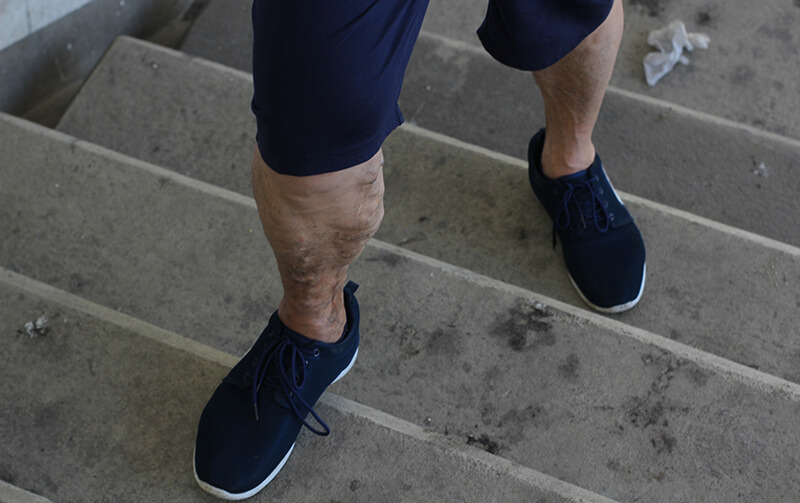

Don’t think that varicose veins are just a woman’s problem. They’re a guy thing too. When it comes to varicose veins in men—here’s what you should know.
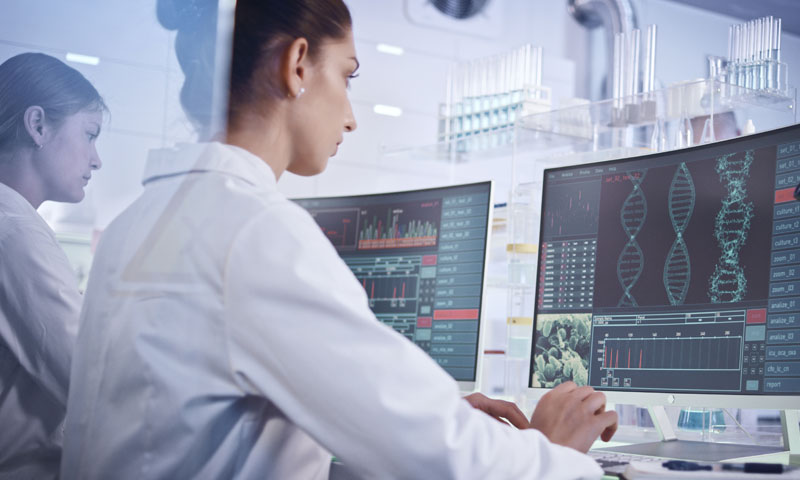
Many people with varicose veins wonder if genetics played a role in their development—or if it destines them to get varicose veins if a parent has them. Is the answer all in your genes? And if it’s true that genetics...
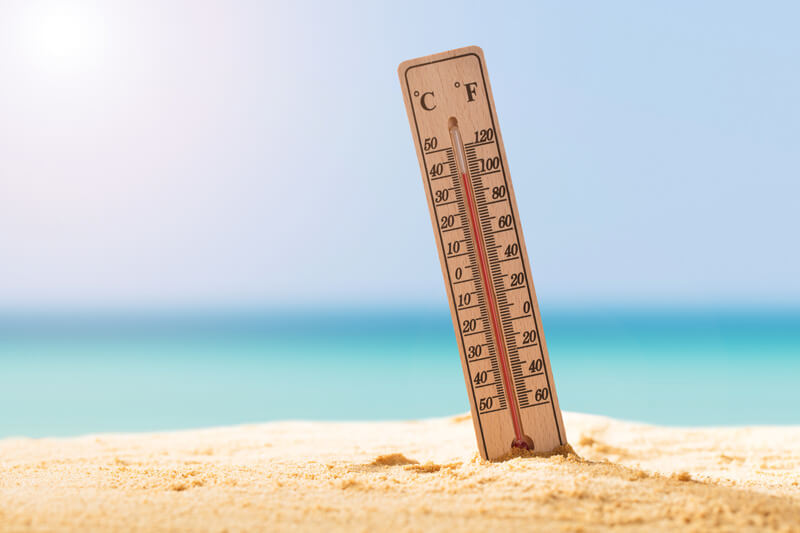
Summer is here! It’s the time of year to go to the beach, hike, or simply enjoy relaxing on your deck. Throughout the season, your first concern may be the sun's effect on your skin. But, did you know how...
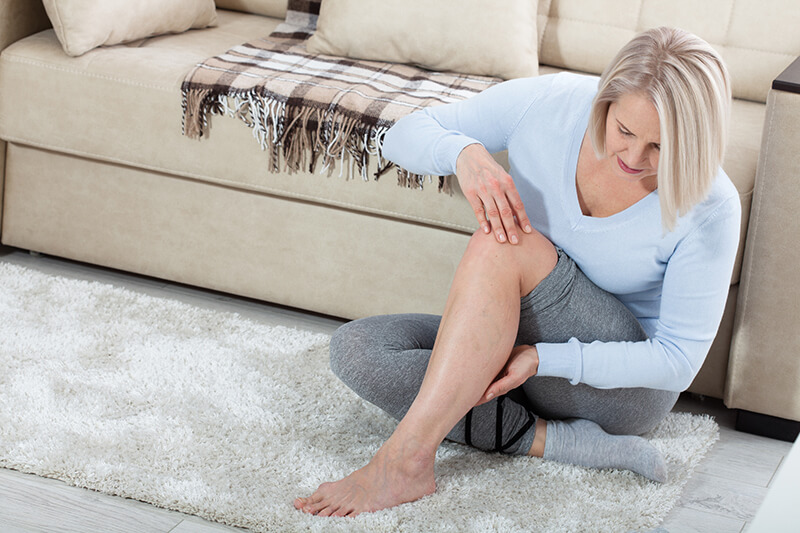
Menopause dramatically reduces the amount of estrogen and progesterone produced in the ovaries. Because of that, women over 50 are at a higher risk of developing varicose veins. Estrogen and progesterone contribute significantly to the health of women’s capillaries and...
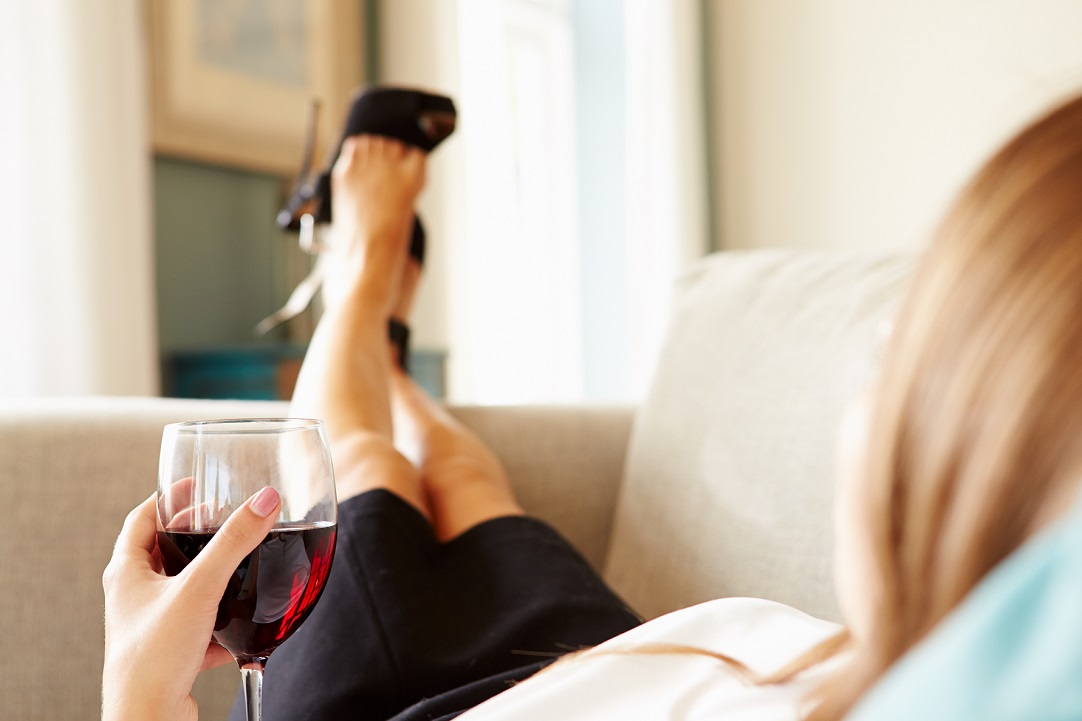
The human body sustains itself through the coordination of multiple organs, processes, glands, and veins. The circulatory system is our body’s “super-highway” essential to good health as it delivers nutrients and oxygen in and removes waste from the body.
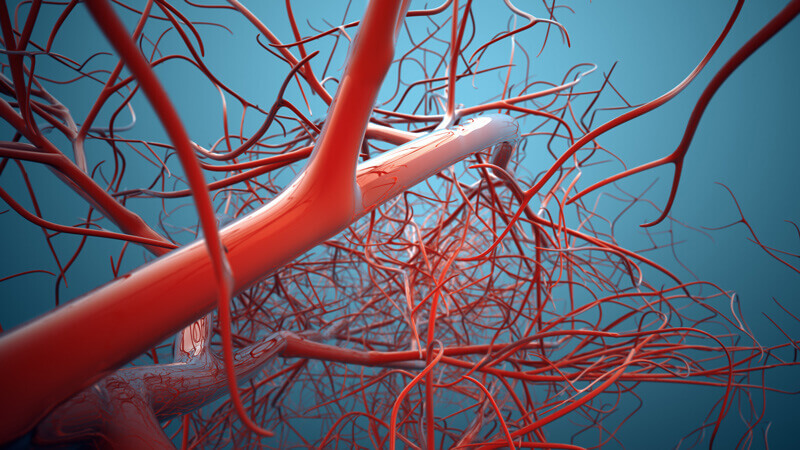
Good vein health can’t be achieved overnight. It takes eating the rights foods, exercise, and putting aside some bad habits. An estimated 40 million Americans are affected by varicose veins, which is just one type of vein complication. About half...